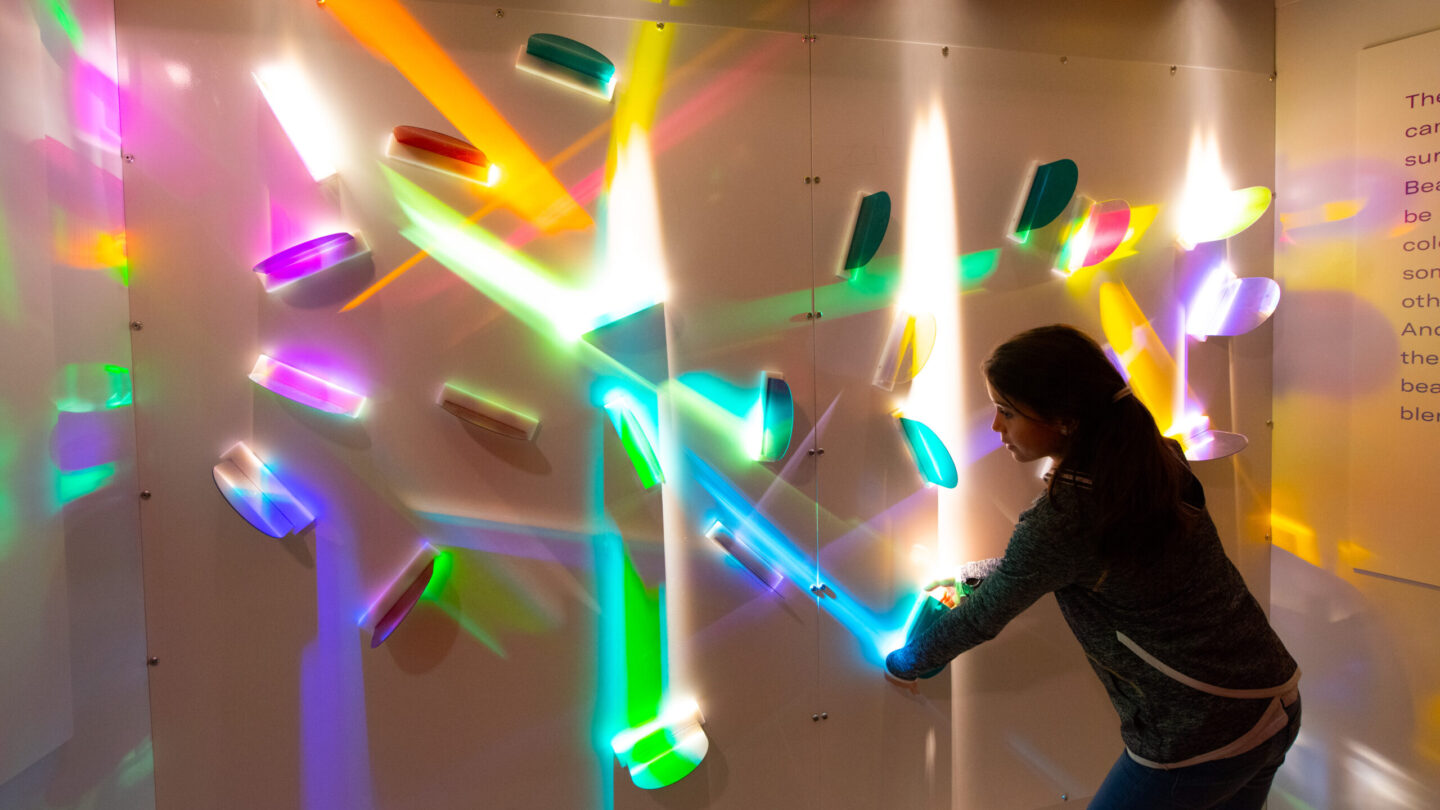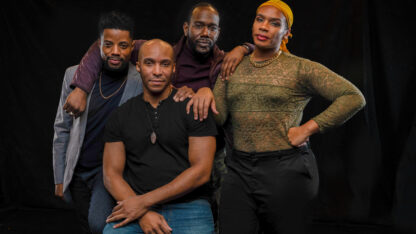When we think of traffic lights, flags, sports teams, flowers or rainbows, we think of vibrant colors and the feelings they invoke. From choosing the color of clothing to wear or knowing if a piece of fruit is ripe enough to eat, colors play a significant role in our everyday lives. Even figurative terms — “yellow belly,” “out of the blue,” “green with envy” or “seeing red” — reflect how we use color to understand emotion. The new “Nature of Color” exhibition at Fernbank Museum of Natural History explores the science of color, how colors make us feel, how they are perceived across cultures and how animals use color to help them survive. Maria Moreno is program manager at Fernbank and curator of the “Nature of Color” exhibition, and she joined “City Lights” host Lois Reitzes via Zoom to share more about it.
Color theory sits at the nexus of science and art, and Fernbank’s exhibit uses both disciplines to explore the many roles of color in the natural world as well as the principles of light and optics at play in color perception. “We have a couple of interactive components that are going to be showcased in our exhibition including shadow explorations, prism exploration and color and vision animations, just to name a few,” said Moreno. “People will be able to see models and really connect what the exhibition is saying, is showing, is making us feel with those interactive components.”
Another aim of “Nature of Color” is to unpack the many different meanings of color across the world’s cultures and through history. Moreno said, “That is what I’m most excited actually to see in the exhibit, as an anthropologist. For example, the color red, it’s a very powerful color. Brides in India use red because it indicates prosperity and fertility, and somewhere else in the world it may have a completely different meaning.” She added, “Many, many years ago, you know, pink wasn’t associated with girls. It was actually associated with boys, and blue was associated with girls. So even throughout our history, those perceptions of colors have changed.”
The curious subjectivity of color’s meaning in human perception extends, of course, to ideas about race. “Nature of Color” invites us to consider these ideas through the work of featured Brazilian photographer Angélica Dass, who presents a rainbow of human skin tones in her portrait photos, celebrating human beauty and challenging the socially constructed preconceptions we attach to race.
The exhibit “Nature of Color” is on view at the Fernbank Museum through May 7. More information is available at fernbankmuseum.org/color.









